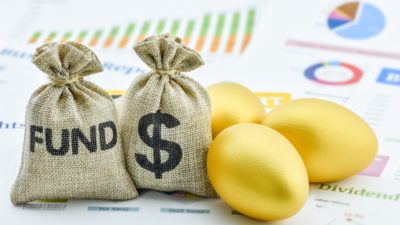There are different types of income we can earn from our investments: interest, foreign income, other income, eligible dividends, capital gains, and return of capital. They’re taxed at different rates. So, we should strive to invest for these types of income in the right accounts.
Income taxed at your marginal rate
Interest income, foreign income, and other income are taxed at your marginal income tax rate. You can consider sheltering them in Tax-Free Savings Accounts (TFSAs) or Registered Retirement Savings Accounts (RRSPs) to compound the interests with no hindrance of taxes.
Just remember that when you withdraw from RRSPs, the amount is taxed at the marginal rate. In that perspective, it makes sense to invest for the highest returns in RRSPs. For example, some investors choose to take on more risk for higher returns by investing in stocks.
However, similar to any other foreign income, U.S. dividends are ultimately taxed at your marginal rate if earned in non-registered accounts.
Thanks to the tax treaty between the U.S. and Canada, you can get the full dividend if the U.S-qualified dividends are earned in RRSPs or RRIFs. If not, there’s a 15% withholding tax on the dividend.

Eligible dividends are favourably taxed
Many Canadian dividend stocks pay eligible dividends, and they’ll typically say so when they declare their dividends. These dividends increase your taxable income if earned in non-registered accounts. However, they allow you to claim a non-refundable tax credit to reduce your taxes, thereby, making them favourably taxed.
For example, Fortis Inc. (TSX:FTS)(NYSE:FTS) pays an eligible dividend. The utility offers a 3.6% yield that tends to grow year after year. Through 2021, the company aims to hike its dividend by 6% on average per year.
Return of capital and capital gains
In non-registered accounts, essentially half of your realized capital gains are taxed at your marginal rate.
Some mutual funds and real estate investment trusts pay out a part of their distributions as return of capital. The return of capital amount reduces your investment’s adjusted cost basis until it turns zero (as it can’t turn negative). At that time (or until you sell the units), the return of capital will be essentially taxed as capital gains.
So, return of capital and capital gain income are favourably taxed in non-registered accounts. In other words, they’re tax-deferred income.
Investor takeaway
Depending on your portfolio and the type of income you earn, you’ll want to invest in certain accounts to reduce as much tax as possible.
Non-registered accounts are great for investing for Canadian-eligible dividends.
TFSAs are great for saving and investing, particularly for young investors who are in a low-income tax bracket. These investors can build their RRSP contribution room, so they can more effectively reduce their taxes when they reach a high tax bracket.
Individuals in high-income tax brackets will likely benefit from contributing to their RRSPs before funding their TFSAs to reduce their taxes for the year.








